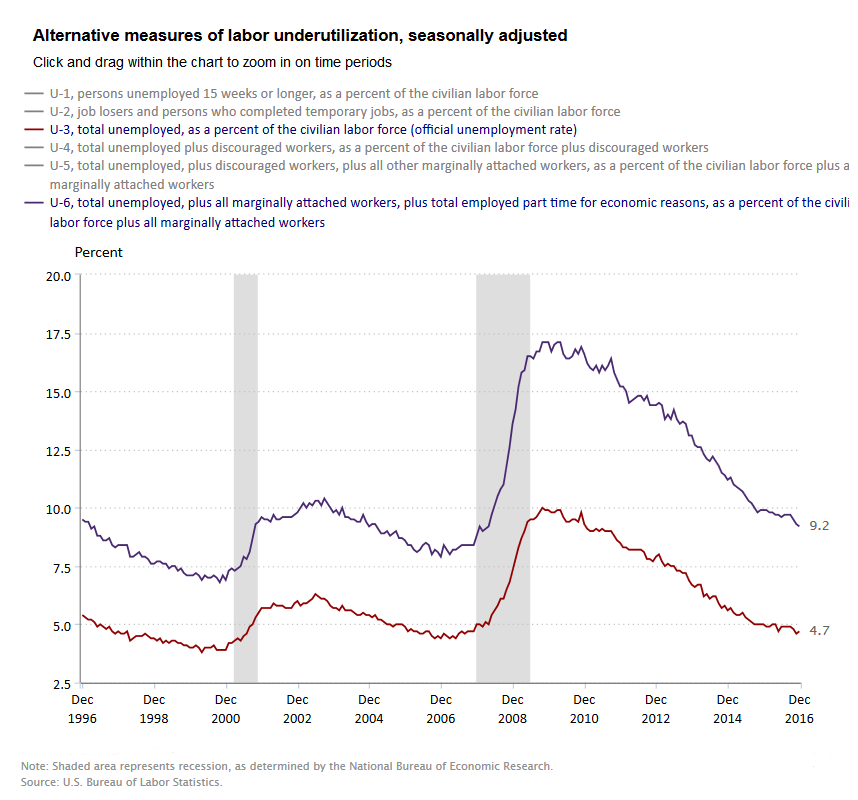Just like your body, the economy is a superbly complex system. When you visit doctors or other healthcare providers, they routinely take several measurements — height, weight, blood pressure, and temperature. Tracking these vital signs over time can lead you and your healthcare providers to seek further tests. Yet, even when your healthcare providers need more information, they continue to take the basic measurements.
In much the same way, the government routinely measures the health of the economy. Here at BLS, we specialize in tracking labor market activity, working conditions, productivity, and price changes. One of our most important measures is the national unemployment rate. Since it is measured the same way each month, year after year, changes in the rate can be an important signal of changes in the labor market and economy.
We realize, of course, that the unemployment rate doesn’t tell the full story. It isn’t meant to. Much like your temperature is a necessary measurement, its usefulness increases when viewed with other measures. When we release the unemployment rate each month, we also publish five alternative measures of labor underutilization to help assess labor market conditions from several perspectives.

In addition, the source for the unemployment data, the Current Population Survey, provides a wealth of information about workers, jobseekers, and people who aren’t working or looking for work. For example, we also get information about trends in labor force participation, a topic that has received much public attention in recent years. BLS releases thousands of other measures monthly, quarterly, and annually, depending on the topic.
For example, if you want to know how adult Black men are performing in the labor market, we have a stat for that. Ditto for people with a less than high school education or veterans with service-connected disabilities.
And if you want to know how employers are doing (say, how many job openings they’ve posted and how many workers have been fired or quit their jobs in the past month), check out our Job Openings and Labor Turnover Survey.
Want to know what is happening in your local area? Not a problem. Each month BLS releases state employment and unemployment data and metropolitan area data too.
We invite you to visit our website or contact one of our expert economists next time you have a question about the health of labor market—or your favorite economic “symptom.”
 United States Department of Labor
United States Department of Labor